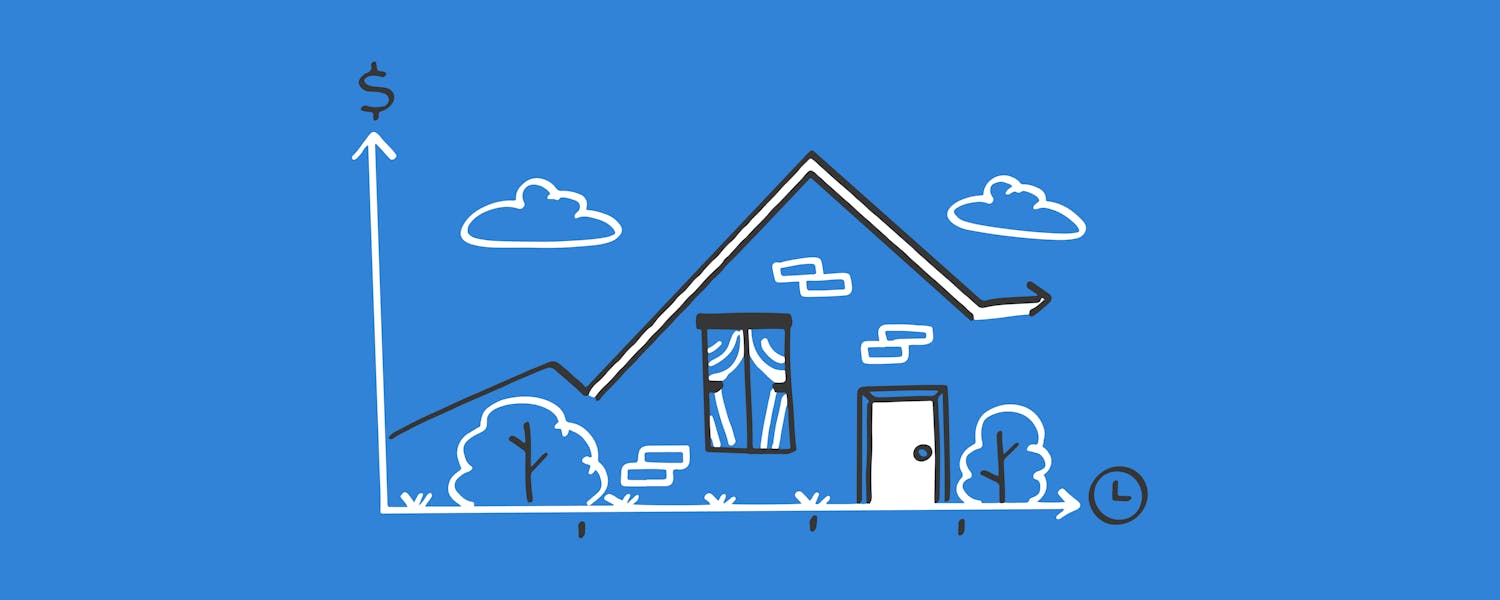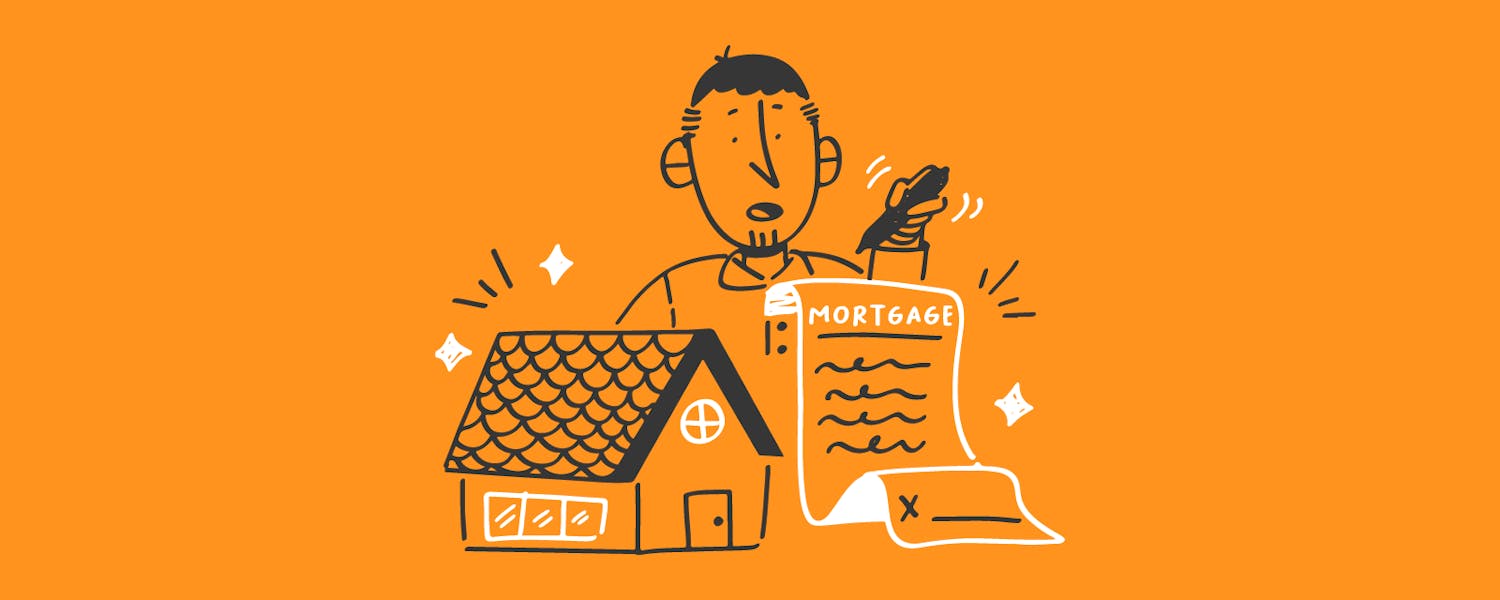Does the 18 year real estate cycle still work?
Real estate is cyclical and has been studied extensively by economists, investors, and industry analysts for decades.
These specialists have poured significant time, money, and dedication into understanding human behavior and how it affects property prices.
Over time, they discovered the "18-year real estate cycle," which is the theory that growth and slowdown periods over fairly predictable timeframes within real estate.
A savvy investor or an intelligent homebuyer can use that knowledge to swing any market in their favor.
The question is: does the 18-year cycle still work? Yes, it does. Read on to find out why.
What Is the 18-Year Real Estate Cycle?
Before delving into whether or not the cycle still holds, it's first worth looking at the specifics of this theory.
The cycle and its timing were the brainchild of Fred E. Foldvary, an economist and academic who famously predicted in 1997 that the housing market would go bust in 2008 following this theory.
Of course, his timing could not have been more on the money.
That prediction gave him and his theory significant credibility.
Professor Foldvary got this idea from analyzing US and international historical housing market data.
He noted that significant real estate upswings and downturns happened every 18-20 years.
For example, the Great Depression followed the post-WWI real estate boom during the 20s.
This theory also came about from observations of human behavior.
Foldvary emphasized the role of credit expansion and how easy credit fuels increased land values. Those increases eventually become untenable, leading to a crash.
What Are the Components of the Cycle?
The 18-year real estate cycle, as Professor Foldvary opined, consists of four essential parts:
- Boom
- Slump
- Recovery
- Slowdown
Boom (5 Years)
The housing market starts big, with a boom period.
- g, selling, and buying is at its peak.
- There are more buyers than sellers, and construction is happening regularly.
- It becomes much harder to get a mortgage as all the buying activity drives up demand, keeping home prices artificially inflated.
- Thinking the party will never stop, sellers list their homes for higher and higher values, which buyers seem to have no trouble meeting.
The most recent example of a boom time happened during the 2003-2008 period:
Housing prices gained about 30%, going from an average cost of about $280,000 in 2003 to a peak valuation of $380,000 in 2007.
Slump (About 4 Years)
Of course, all good things must come to an end. Eventually, the boom period turns into a bust.
- The slump is when property prices fall due to the unsustainability of credit and elevated housing prices.
- The cracks form in the housing market, credit begins to dry up, and prices start to fall.
- When this happens, people become underwater on their mortgages, foreclosures rise.
- It becomes a prime opportunity for investors to pounce on properties to acquire them at great prices.
The most recent time a slump happened was in 2008. According to US Federal Reserve data:
Property prices fell in 2008 and did not resume their upward march until about 2012, in line with the 18-year cycle prediction.
Recovery (About 7 Years)
The following seven years, or years 4-11 in the cycle, are about recovery. Property prices begin their upward march again, recovering from their lows during the slump.
- Credit becomes more accessible, and people start gaining confidence in the market.
- The key takeaway from the recovery phase is that builders and investors thrive in this stage.
- The worst is behind them for the housing market, and the increased demand for homes fuels both housing prices and rent increases as the economy and market recover.
- Investing in the market during this phase - when it is on the upswing - is a brilliant and relatively safe bet.
From 2012 until about 2019 (just before the pandemic), the housing market stopped declining, stabilized, and began a steady upward march.
Housing valuations gained value at rates somewhat in line with inflation as credit expanded again and people sought to get into homes.
Slowdown or Correction (2 Years)
A slight correction happens once the market has had seven years of slow, upward, steady growth with gradually increased valuations.
- Valuations fall as people begin to get nervous about entering a market that has already been going up for the past seven years.
- However, this slowdown is temporary, as it precedes the boom cycle, a period of rapid growth that happens just before the slump.
Think of the slowdown as people collectively saying, "Hey, house prices have been going up a lot; will this continue?" As such, they pull back a bit, only to discover that housing prices are holding.
That holding gives people the confidence to go all-in on the market, creating the boom period.
Does This Cycle Work?
The short answer is that, yes, this cycle does work.
We have seen it most recently play out over the past few decades.
- The 2008 crash lasted about four years
- The crash led to seven years of recovery.
- Preceding that crash was about five years of boom time:
- Housing prices began to balloon.
- Credit was effortless to obtain. Banks weren't even requiring proof of income, and they didn't care because housing prices were just always supposed to increase.
- And, of course, before the boom period was a slump - the dot-com bubble bursting gave many people pause when buying a home.
This cycle works, in general. However, it is not precise to the day.
It's a general timeline and timeframe of economic activity based on historical data.
No real estate prediction will be perfect to the day, but the 18-year cycle is a general guideline that works well.
Major global events, like the pandemic in 2020, can alter the course of this cycle.
Astute readers are likely noting that 2020 did not have a slump, as predicted by the cycle. Home prices skyrocketed instead.
Major global events and significant moves by central banks can all adjust the cycle slightly.
However, the four phases remain relatively constant, happening roughly in that particular sequence and those timeframes, barring any major unforeseen events.
How Can I Benefit from It?
The key, therefore, to this cycle is less about the precision of timing but rather about understanding the current phase of the cycle and acting appropriately.
Many people looking to enter the market will use the BRRR method, which stands for "buy, rehab, rent, refinance, repeat," a prevalent real estate strategy.
Understanding when to do that requires knowing whether you are in a buyers' or sellers' market.
Knowing when to buy…
A buyers' market is when there are more homes than buyers wanting them. This discrepancy creates an environment where sellers need to spend more on their homes and cut selling prices to attract would-be buyers.
During the slump and recovery phases of the cycle, it's a buyers' market.
Home prices are down, people may be underwater on their homes and looking to get out ASAP, and foreclosure homes are plentiful and offer a prime opportunity to buy on the cheap and execute the BRRR method.
During these periods, rents are either stabilizing or increasing, and properties are far less expensive.
… and knowing when to sell
By contrast, a sellers' market is when there are more buyers than homes available.
This imbalance creates a market where buyers must compete with increasingly high offers for the dwindling inventory.
The boom and slowdown periods are sellers' markets.
Particularly in the boom cycle, getting rid of some properties at peak valuations can set you up to buy more of those properties, cheaply, when the inevitable slump comes.
These are the years to be far more judicious about acquiring new properties and, instead, be looking at ways to cash out from your existing portfolio.
Should I Get a Mortgage to Invest in the Real Estate Cycle?
Beginning investors often get conflicting advice about taking on a mortgage to invest in the cycle.
For example, as part of the BRRR method, the guidance is to refinance and put a mortgage on the existing property to acquire a new one.
Others contend that taking on debt can open you up to potentially disastrous consequences later on.
Every individual circumstance is different.
Fair circumstances for credit
Generally speaking, it's relatively safe to acquire a mortgage as you enter the tail end of the slump phase and get into the recovery phase.
If the market follows the cycle, housing prices should be on a steady, upward trajectory, along with rents, making a mortgage much safer.
Mortgage rates are also typically the lowest at these points because the central banks need to cut them to stimulate the market.
Indeed, most recently, the slump and recovery periods of 2008 and beyond sent mortgage rates down to 3%, and millions of Americans locked into fixed mortgages that are now significantly below inflation.
Poor circumstances for credit
However, taking a mortgage may be unwise if you are in the slowdown or boom cycle, as the slump phase will likely reduce property prices significantly, potentially leaving you underwater.
Additionally, interest rates tend to be the highest at this time. Patience during these phases is critical.
There are still some opportunities to buy and sell properties (especially the latter), but taking on a mortgage may quickly become problematic.
Yes, the 18-Year Real Estate Cycle Really Works
The 18-year real estate cycle does work. Of course, it's impossible to predict that on January 1, 2008, the market will enter the slump because on January 1, 2003, it was in the boom phase.
But generally speaking, real estate is cyclical and follows these trends.
There are about five years of boom time, followed by four years of a slump, seven years of recovery, and two years of a slowdown.
Of course, sometimes, the boom time might be a year longer, or the slump might be a year shorter.
Or maybe a once-in-a-century global pandemic will stop the slowdown that could have happened because the government will inject trillions into the economy.
However, if you follow this general guidance, the cycle is accurate and does work. You can use it and other data to understand where the market is trending and use it to invest in real estate wisely.





